Big cats are some of the most fascinating animals on the planet. They are among the largest and most powerful predators, displaying an impressive range of abilities and behaviors. These cats belong to the Felidae family, and include well-known species such as lions, tigers, leopards, jaguars, and cougars. They are called big cats due to their large size and physical features, such as their long tails, sharp claws, and sharp teeth. In this blog post, we will explore the different types of big cats and learn about their unique characteristics.
Tigers (Panthera tigris)
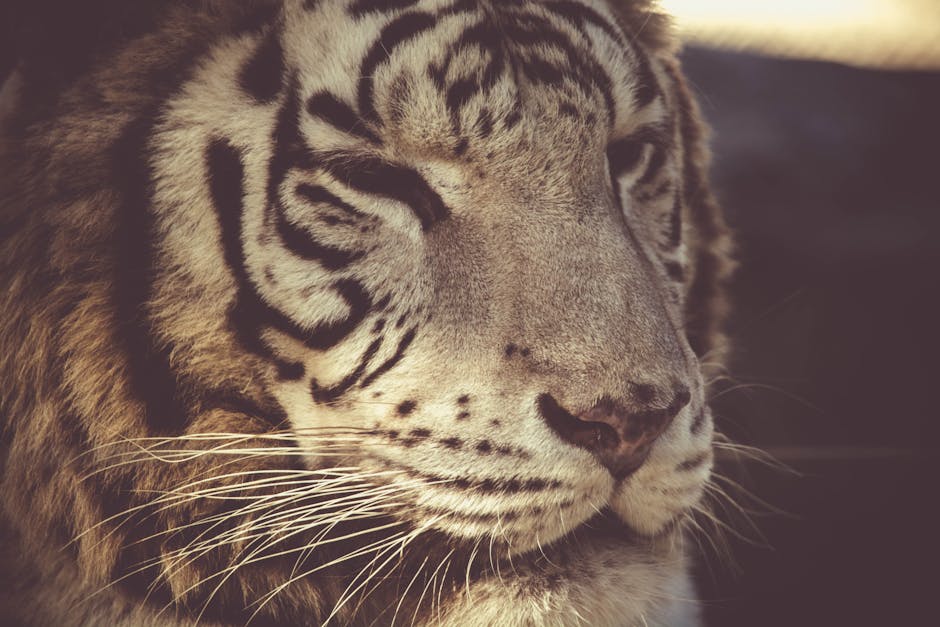
Tigers (Panthera tigris) are the largest members of the cat family, and one of the most iconic big cats in the world. They are native to Asia, and can be found in a wide range of habitats, from tropical forests to cold taiga environments.
Tigers are easily recognizable by their distinctive orange coat with dark vertical stripes, and their muscular build that allows them to take down prey that is much larger than themselves. They are apex predators, with no natural enemy other than humans.
There are several subspecies of tigers, including the Bengal tiger, the Indochinese tiger, the Malayan tiger, the Siberian tiger, and the South China tiger. Each subspecies differs slightly in physical characteristics and has adapted to their specific habitat.
Sadly, all subspecies of tigers are endangered, with some only having a few hundred individuals left in the wild. Habitat destruction, poaching for their skins and other body parts, and conflicts with humans are the main threats driving tigers towards extinction. Conservation efforts are underway to try and save these magnificent creatures, but it is up to all of us to ensure that tigers, and all big cats, have a future in our world.
Leopards (Panthera pardus)

Leopards are one of the most widespread big cats in the world. They are agile hunters and have a distinct pattern of rosettes on their fur coat. These rosettes act as camouflage, allowing the leopard to blend in with its surroundings and remain undetected by prey.
Leopards are opportunistic hunters and will feed on a wide range of prey, including antelopes, gazelles, monkeys, and even smaller predators like hyenas. They are solitary creatures and only come together during mating season.
Unfortunately, leopards are also one of the most threatened big cat species in the world. Habitat loss, poaching, and conflict with humans are the main drivers of population decline. Conservation efforts are underway to help protect these beautiful creatures and ensure their survival for future generations.
Jaguars (Panthera onca)
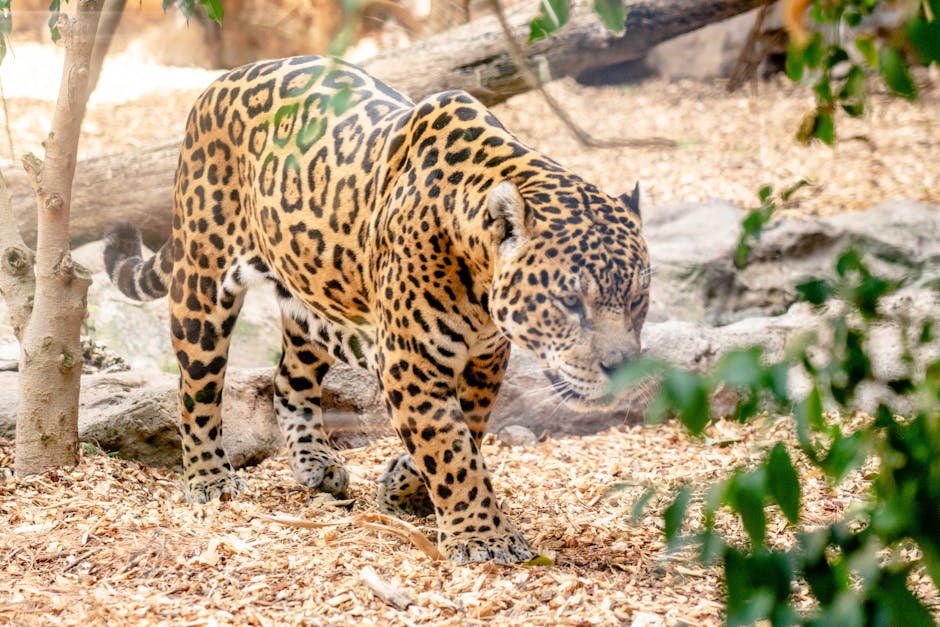
Jaguars, scientifically known as Panthera onca, are a majestic big cat that can be found in South and Central America. They are the third-largest big cat species after tigers and lions, and they have a distinctive golden-orange coat with black spots. Jaguars are known for their powerful jaws, which allow them to deliver a crushing bite to their prey. Unlike other big cats, jaguars are great swimmers, and they are known to hunt fish and turtles in the water. Unfortunately, the jaguar population is rapidly declining due to habitat loss and hunting. Conservation efforts are underway to protect and conserve these magnificent predators for future generations.
Cheetahs (Acinonyx jubatus)
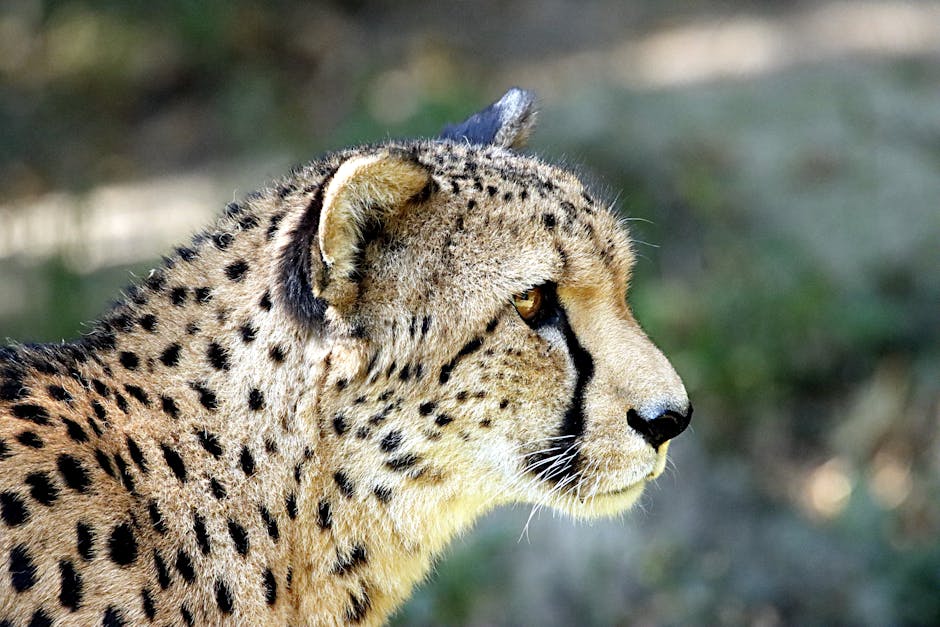
.
Cheetahs are part of the big cat category and are known for their incredible speed. They are the fastest land animals on Earth and can reach speeds of up to 70 miles per hour in short bursts covering distances of up to 1,500 feet. These agile felines are also characterized by their unique spotted coat, which helps them blend into their surroundings when hunting prey in the grasslands and open plains of Africa.
Unlike other big cats, such as lions and tigers, cheetahs are solitary animals and prefer to hunt alone rather than in groups. They are also primarily diurnal, meaning they are active during the day and sleep at night. This behavior is attributed to their need to hunt in daylight when their prey is also active and visible.
Despite their exceptional speed, cheetahs are vulnerable animals and are currently listed as vulnerable on the IUCN Red List of Threatened Species. Conservation efforts are being made to protect these fascinating animals and preserve their habitat, ensuring they remain a part of the Earth's diverse wildlife for generations to come.
Snow leopards (Panthera uncia)
Snow leopards are solitary creatures that lead mostly sedentary lifestyles, spending much of their time resting and conserving energy. These big cats are opportunistic predators, feeding on a wide variety of prey including blue sheep, ibex, marmots, pikas, and birds. Despite their hunting prowess, snow leopards are considered to be an endangered species due to habitat loss, poaching, and climate change. Conservation efforts are underway to protect these magnificent cats and preserve their natural habitat for future generations.
Clouded leopards (Neofelis nebulosa)
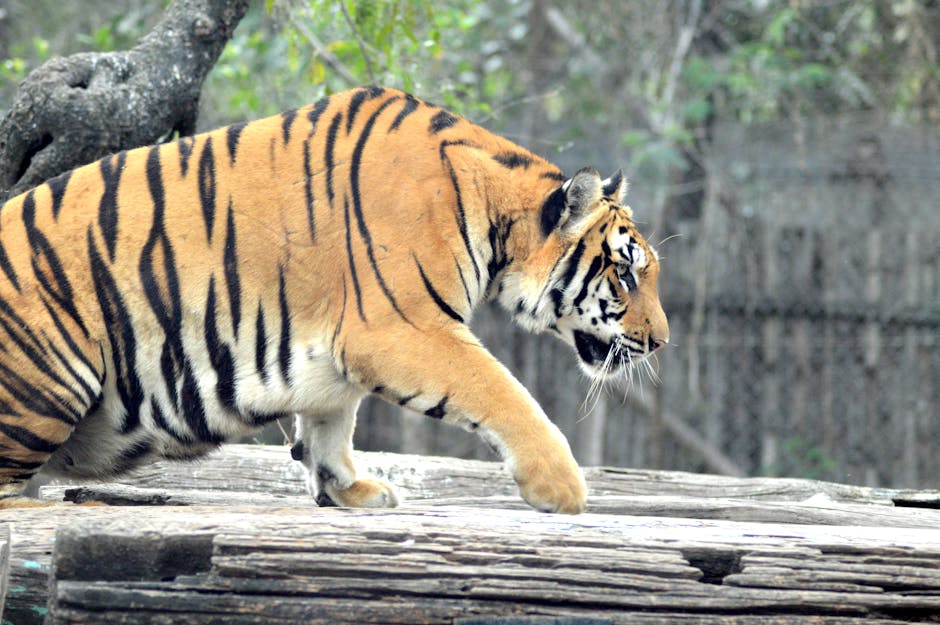
Clouded Leopards, also known as tree leopards or clouded panthers, are a small to medium-sized big cat found in the forests of Southeast Asia. Their unique name comes from their beautifully patterned coat, which is covered in large, cloud-like spots. These big cats are incredibly agile and are known for their ability to climb trees with ease – even descending headfirst, thanks to the ability to rotate their ankles backward.
Clouded leopards are a solitary species, only coming together during breeding season. They are excellent hunters, with a diet consisting mostly of small mammals such as birds, squirrels, and monkeys. Despite their small size, clouded leopards are powerful and have been known to take down prey up to three times their size.
Unfortunately, clouded leopards are currently classified as a vulnerable species due to habitat loss and poaching. Conservation efforts are underway to protect these beautiful animals and their habitats. Thanks to these efforts, some populations have been able to stabilize, bringing hope for the future of this unique big cat species.
Pumas (Puma concolor)
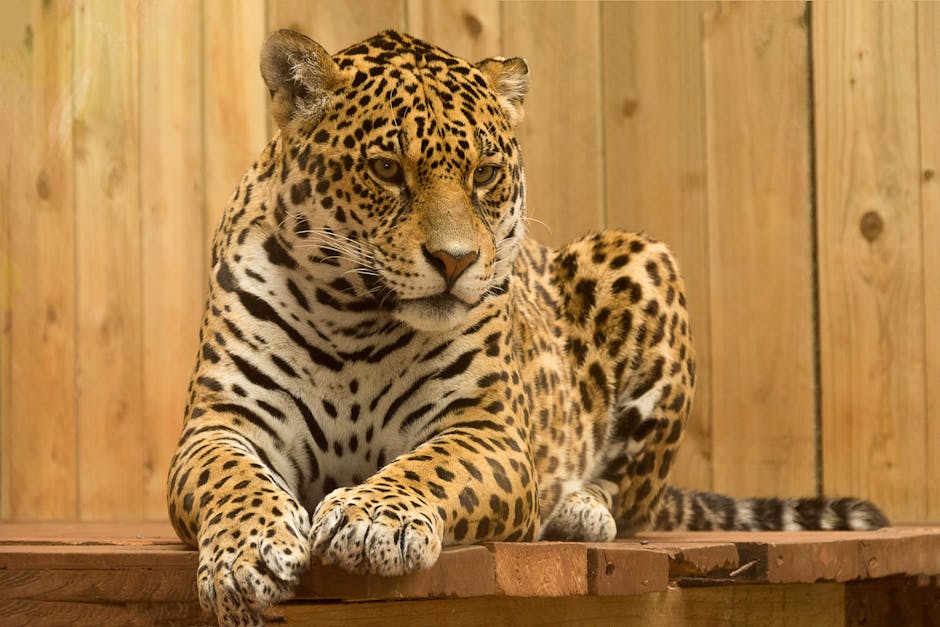
Pumas, also known as cougars or mountain lions, are one of the largest members of the cat family found in North America. Despite their size, pumas are excellent climbers and can leap up to 20 feet in a single jump. They are solitary hunters and prefer to hunt at dusk or dawn.
Typically, pumas feed on deer, elk, and other large prey, but they have been known to attack livestock and pets in areas where their natural food sources are scarce. Due to habitat loss and hunting, puma populations have declined in some regions, and they are listed as a threatened species in many parts of their range.
Despite their reputation as fierce hunters, pumas are often vilified in popular culture, and many people incorrectly perceive them as a danger to humans. In reality, puma attacks on humans are rare, and the majority of incidents occur when people inadvertently approach or surprise the animal in its natural habitat.
Conservation efforts, including habitat restoration and the establishment of protected areas, have proven effective in promoting puma recovery in some regions. However, continued efforts are needed to ensure that these magnificent predators are protected and preserved for future generations.
Lynx (Lynx lynx)
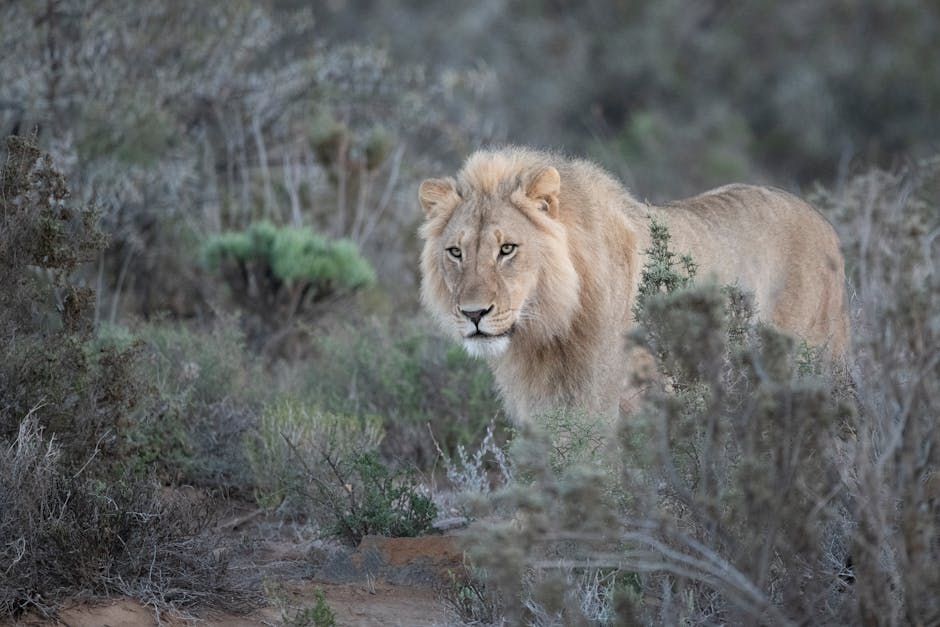
Lynx (Lynx lynx) is a medium sized wild cat that is native to the boreal forests of Eurasia. Its distinctive features include tufted ears, short tail, and spotted coat. The lynx is a solitary and elusive predator with a diet that mainly consists of small mammals such as hares and rodents.
There are four subspecies of lynx, including the Eurasian lynx, Canadian lynx, Iberian lynx, and the Bobcat. The Eurasian lynx is the largest of the subspecies and has a widespread range throughout Europe and Asia. The Canadian lynx is found throughout Canada and parts of the northern United States. The Iberian lynx is a critically endangered species with a small population that is found only in Spain and Portugal. The Bobcat is the smallest of the lynx subspecies and is found throughout North America.
Despite their beauty and uniqueness, lynx populations face numerous threats, including habitat loss, illegal hunting and trapping, and climate change. Conservation efforts are underway to protect these elusive cats and to ensure that they continue to thrive in the wild.




